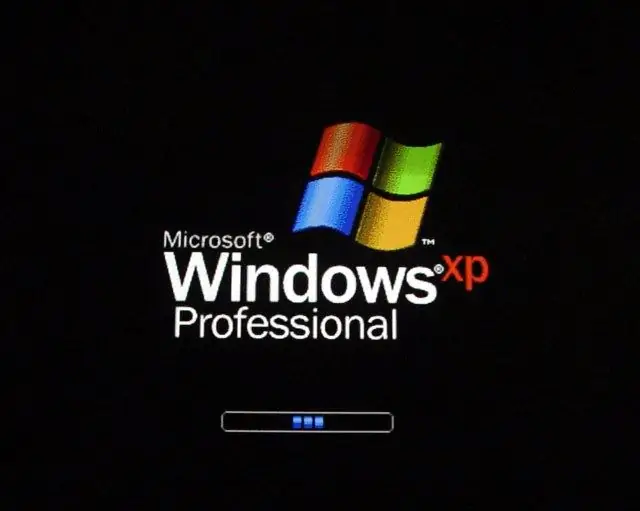When setting up the Windows XP operating system, sometimes it becomes necessary to replace some system files. But the file cannot be replaced because the system does not allow it or restores the replaced file with the original copy. However, this limitation can be circumvented.

Instructions
Step 1
Protecting system files from replacement or modification is an important factor in protecting the operating system from the effects of viruses and Trojans. Therefore, it is not recommended to disable protection of system files unless absolutely necessary.
Step 2
Since Windows hides protected system files, you must first make them visible. To do this, open any disk or folder, select from the menu: "Tools" - "Folder Options" - "View". Remove the checkboxes from the lines "Hide protected system files" and "Hide extensions for registered file types." Check the box "Show hidden files and folders". Click Apply to All Folders, then OK.
Step 3
Now you can see all files and their extensions. If you need to replace a single file, the easiest way to do this is by booting through a different operating system or LiveCD. Before changing, do not forget to create a restore point: "Start" - "All Programs" - "Accessories" - System Tools - "System Restore". Save the file to be replaced in a separate folder.
Step 4
If the system does not boot after changing the file, return the original file in the same way. Alternatively, press F8 while booting and select Load Last Known Good Configuration. This does not work either - try to select the "Boot in Safe Mode" item in the same menu. Then, after booting the OS, select System Restore.
Step 5
If you still want to disable the protection of system files, open the registry editor: "Start" - "Run", the regedit command. Find the path: HKEY_LOCAL_MACHINE SOFTWARE Microsoft Windows NT CurrentVersion Winlogon. Select the Winlogon folder, find the SFCDisable parameter in the window on the right. Click it with the right mouse button, select "Change". In the window that opens, replace 0 with ffffff9d. After a reboot, the system file protection will be disabled.
Step 6
Don't leave system files unprotected. After you configure the system in the way you want, reopen this parameter and again restore its original value. Remember to restart your computer for the changes to take effect.






